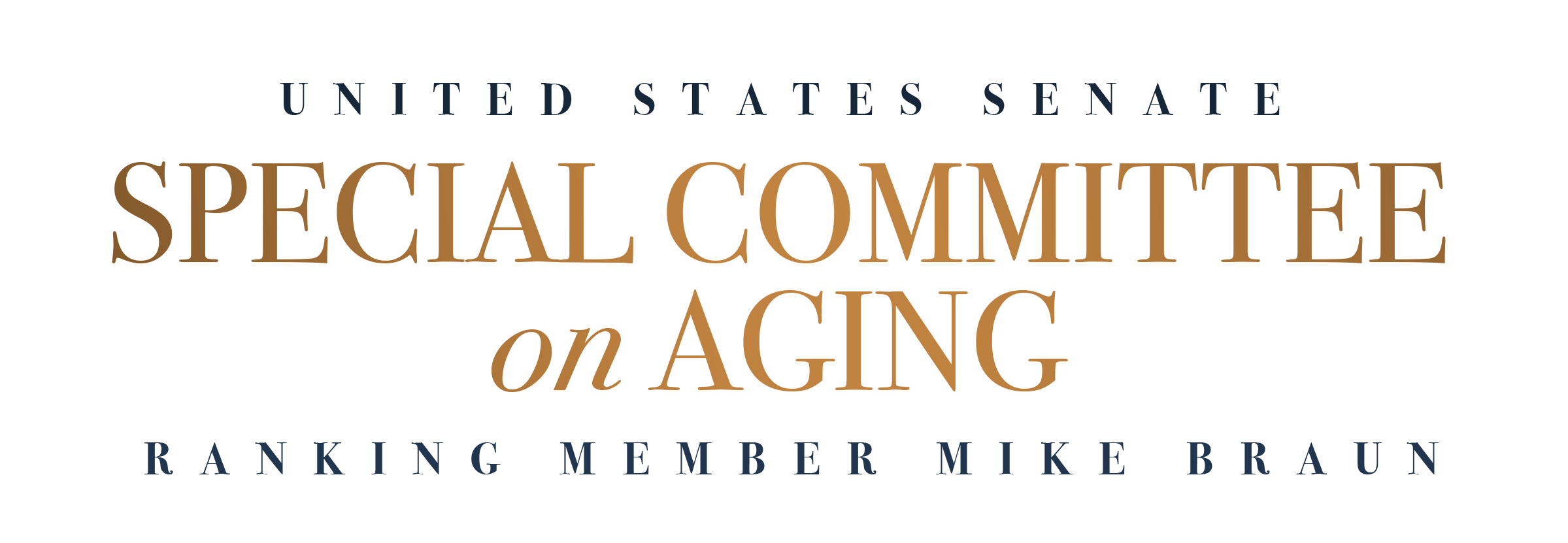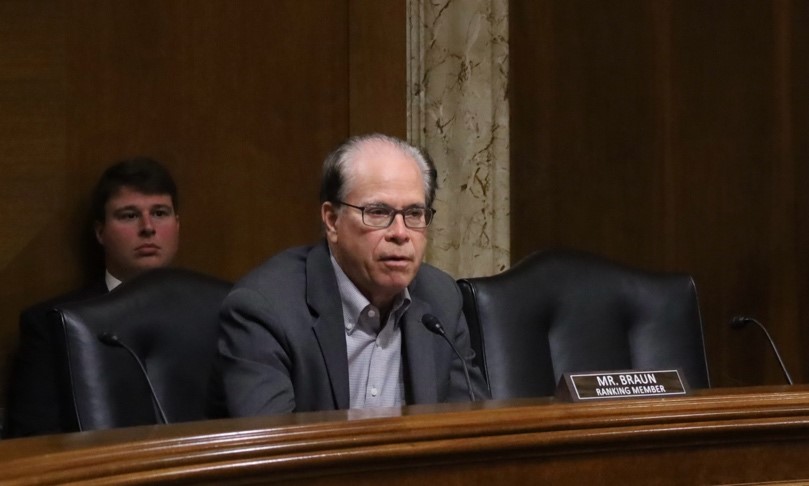Braun delivers remarks on decline of housing affordability at Senate Aging Hearing
FOR IMMEDIATE RELEASE
July 20, 2023
Braun delivers remarks on decline of housing affordability at Senate Aging Hearing
WASHINGTON—Today Ranking Member Braun and Chairman Casey held a hearing entitled Laying the Foundation: Housing Accessibility and Affordability for Older Adults and People with Disabilities. The hearing examined the barriers to housing affordability and accessibility for Americans, including older adults and those with disabilities. The Senators highlighted a number of potential solutions, which included addressing the underlying issues related to housing shortages and affordability, investing in new accessible housing stock, preserving and modifying existing housing stock, supporting intergenerational housing, and connecting people with housing resources.
Opening remarks as prepared:
Housing Unaffordability
Housing affordability affects Americans from all walks of life, including older adults and people with disabilities.
Under the Biden Administration, Americans are less able to afford a home than practically any other time in our nation’s recent history.
Record-breaking inflation under President Biden has forced the fastest interest rate hikes in recent history.
This is the result of reckless spending policies, exacerbating an already unaffordable housing market.
In 2021 when President Biden took office, the median home price in the United States was at $369,000. Today it stands at $430,000.
Mortgage interest rates also doubled in the past two years, and are now over 7 percent, pricing many Americans out of the market entirely.
For every $1,000 increase in the median home price, more than 140,000 families are priced out of the market.
Housing Shortage
One driver of home unaffordability is the shortage of housing inventory.
Estimates say the U.S. is between 3 and 6 million houses short of what is needed to meet demand.
More new homes need to be built to alleviate the inventory shortage and bring down prices.
There are many factors that contribute to the housing shortage, including: regulatory burdens, infrastructure costs, supply-chain strains, workforce shortage, and overall increasing costs of materials due to inflation.
State Solutions and Removing Federal Barriers
The solutions to these issues are best left to state and local governments who understand the unique needs of the housing supply issues in their own communities.
The federal government can help by reducing spending and removing federal over regulation.
President Biden did the exact opposite of that when he signed the Inflation Reduction Act into law, which issued billions of dollars to encourage states to update their energy codes to the 2021 International Energy Conservation Code.
Builders in several jurisdictions estimate that such adoption would increase construction costs by over $20,000 per home.
Changes to the Loan-Level Price Adjustments (LLPA) implemented in May, hurt most American homebuyers by pushing mortgage interest rates even higher for people with credit scores above 680 to subsidize riskier borrowers with credit scores below that threshold.
To put this policy in perspective, the average American has a credit score over 716. Why is the Biden administration targeting everyday Americans who practice fiscal responsibility?
I introduced the Middle Class Borrower Protection Act with 15 cosponsors, including Aging Committee Members Rick Scott, Marco Rubio, and Pete Ricketts which would restore the LLPA to its former state and ensure that the irresponsible decision-making that led to this change will not be repeated.
It passed the House by a strong bipartisan vote.
I look forward to learning about similar commonsense bipartisan solutions to housing affordability.
###

